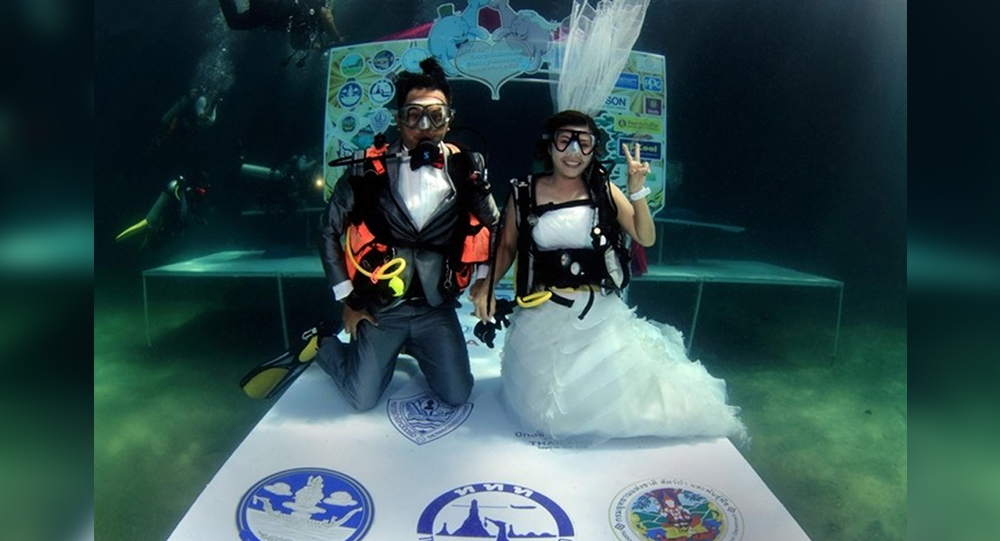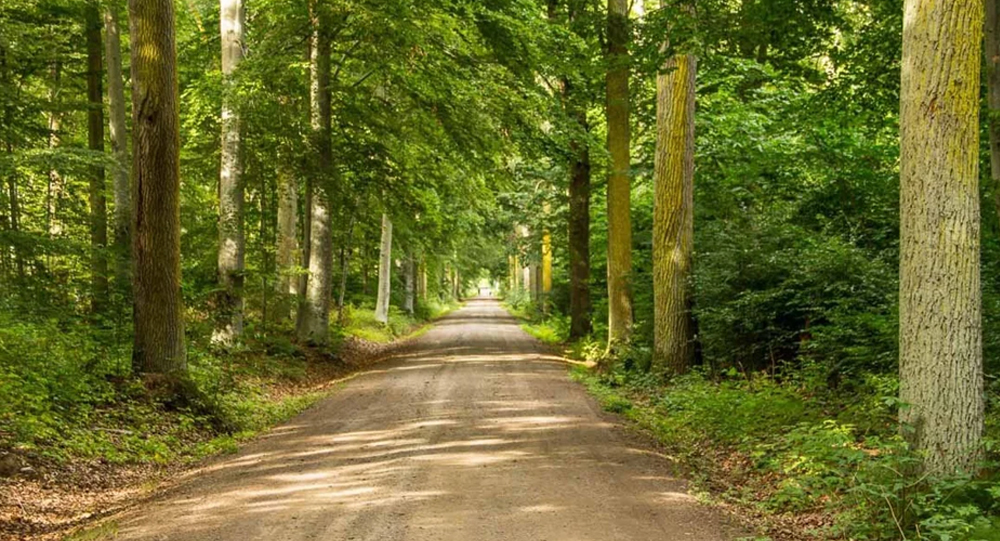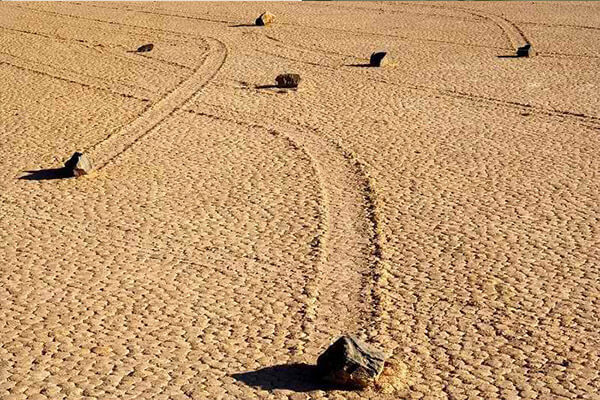Although global warming is a serious threat to the entire planet, some geographical regions are more vulnerable to its effects.
What are SIDS?
These nations are a part of the so-called SIDS (Small Island Developing States), which are in danger of extinction and will, by their very nature, be the first to experience the effects of climate change.
According to the United Nations Department of Economic and Social Affairs, 52 of these territories primarily share the vulnerability of a tourism-based subsistence economy, the challenge of developing communications and infrastructure, a lack of protection from natural disasters, and a reliance on international trade.
These nine islands are in danger of disappearing because of global warming.
Kiribati
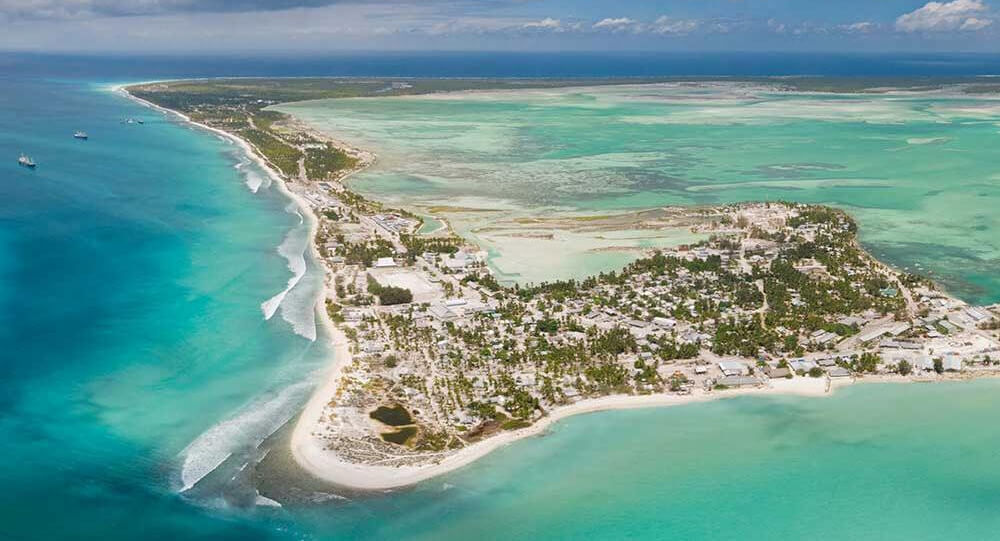
Northeast of Australia, the Republic of Kiribati covers an area of three million square kilometers. Every day and year begin there first in the world’s populated areas. It was found in the 16th century by the Spanish, and it became independent from Britain in 1979.
The rising seas are its main threat. Kiribati is the nation most likely to vanish due to rising sea levels in the coming years because it has an altitude of only three meters and the water rises at a rate of 1.2 centimeters per year (four times faster than the global average).
Territory composition: 33 coral atolls and one island in the Pacific Ocean
Capital: South Tarawa
Population: 102,351 inhabitants in 2013
The Maldives
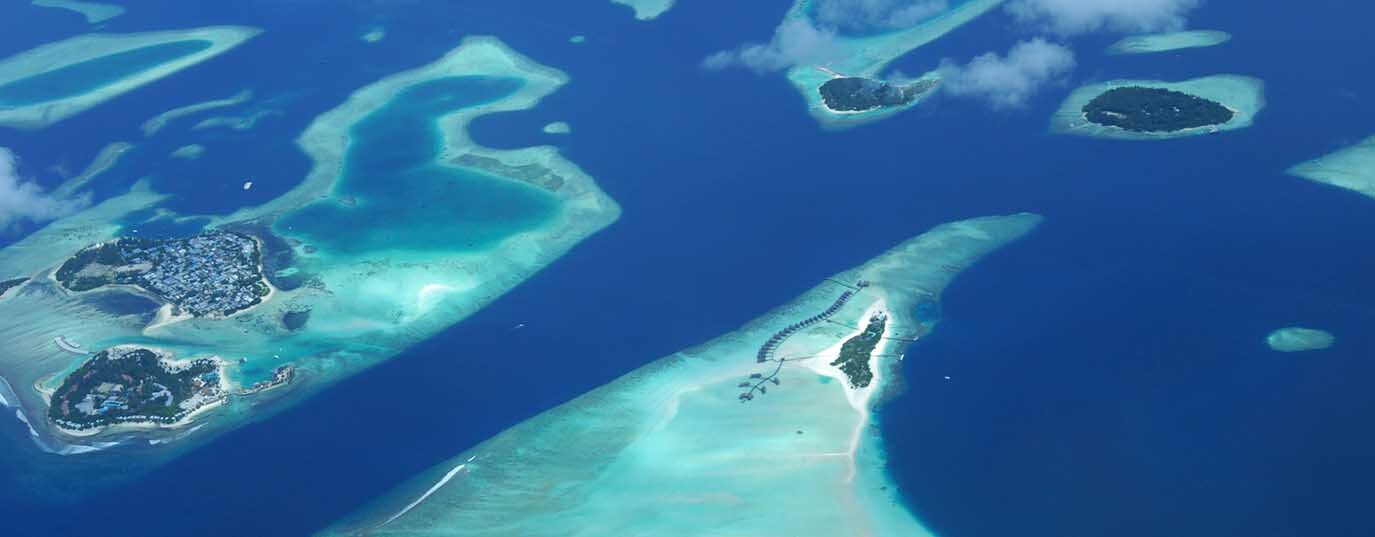
South of India, in a region measuring 298 square kilometers, is the Republic of the Maldives. It was a colony of the British, Dutch, and Portuguese until 1965, when it attained independence.
The main threat to this nation, which is one of the lowest in the world with a point of maximum height of 2.3 meters and the lowest average altitude in the world at just 1.5 meters, is the current sea level rise.
Territory composition: 1,200 islands in the Indian Ocean
Capital: Malé
Population: 345,023 inhabitants in 2013
Vanuatu
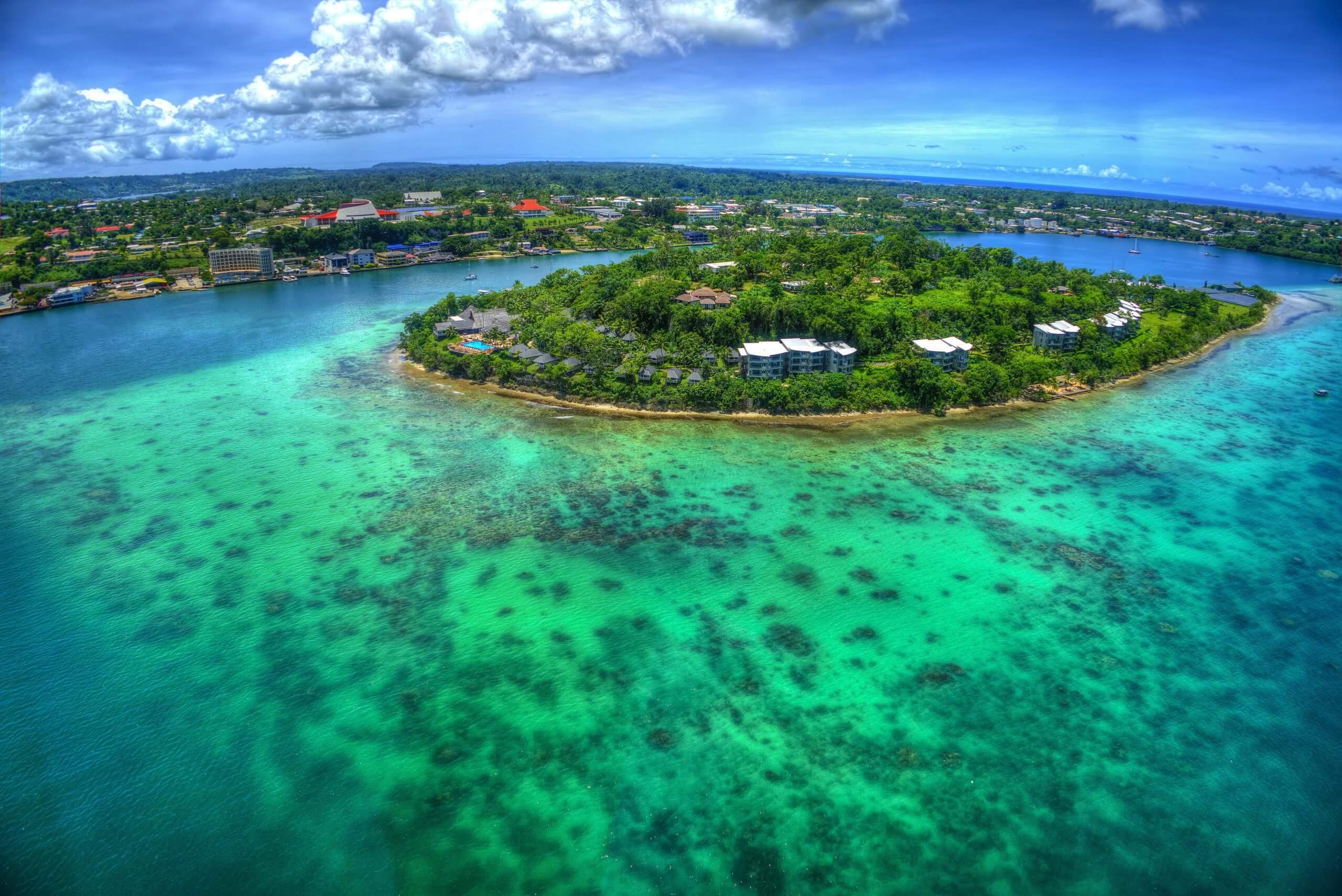
According to the United Nations, the Republic of Vanuatu is the nation that is most susceptible to natural disasters. The archipelago, which measures just over 12,000 square kilometers, was found by Spanish explorers in 1606 and became a new state in 1980 after gaining independence from Great Britain and France, which shared sovereignty over it.
Vanuatu experiences a high rate of cyclone formation in addition to the main risk factor for SIDS, the sea level rise. In fact, 90% of the buildings in the capital were damaged by Cyclone Pam. The disappearance of this island may be caused by global warming.
Territory composition: 83 volcanic islands in the South Pacific
Capital: Port Vila
Population: 207,000 inhabitants in 2005
Tuvalu
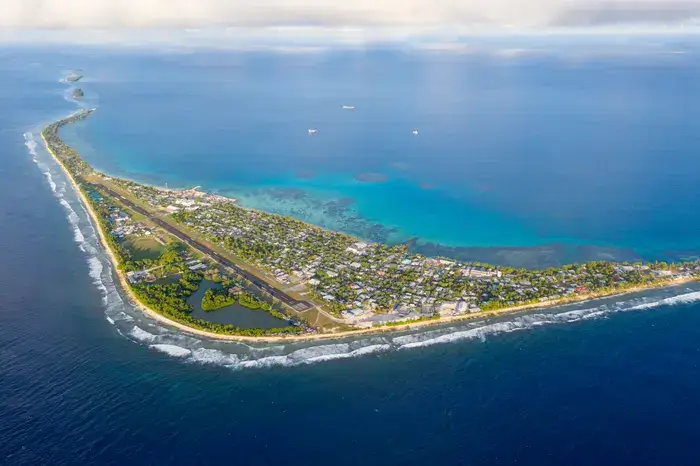
The predicament of Tuvalu exemplifies the injustice of climate change: it is one of the nations most adversely affected by global warming while producing the least amount of pollution. Tuvalu is a victim of the global warming’s lack of borders because of its low average height above sea level. Emissions from one country directly affect those of another.
The Tuvalu archipelago, which the Spanish first discovered around 1568, declared its independence from Britain in 1978.
Close to Vanuatu, Tuvalu also experienced Cyclone Pam and is at risk of sinking due to global warming, so its government is extremely strict about adhering to the Kyoto Protocol.
Territory composition: Four coral reefs, five atolls and three islands in the Pacific Ocean
Capital: Funafuti
Population: 9,876 inhabitants in 2013
Solomon Islands
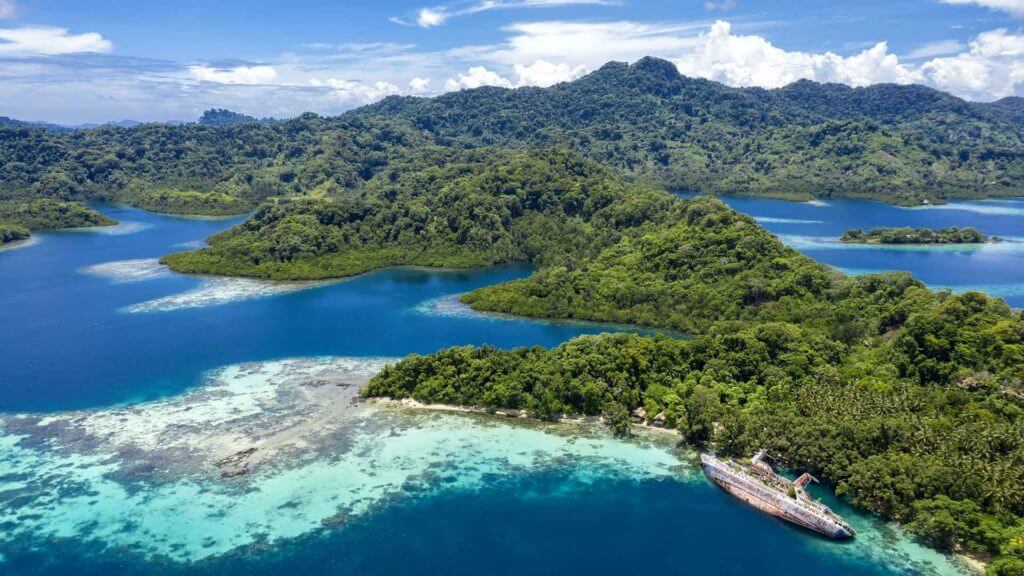
Spanish explorers found this tiny island paradise in 1568; it is almost 30,000 square kilometers in size and gained independence from Britain in 1978.
There have been warnings about their difficult survival for more than five years now, as global warming may cause the nation to gradually submerge under the ocean in the coming decades. A significant threat comes from sinking nations.
Territory composition: 990 islands spread in two archipelagos (Solomon and Santa Cruz) in the Indian Ocean
Capital: Honiara
Population: 561,231 inhabitants in 2013
Samoa
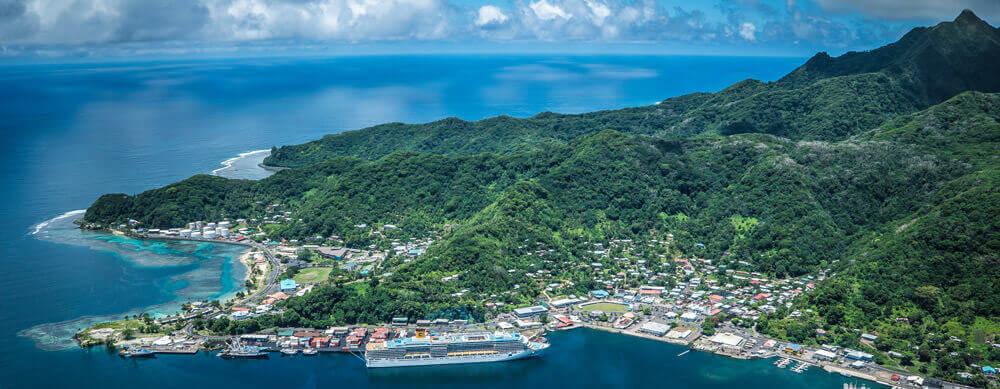
Early in the 18th century, European settlers made contact with the less than 3,000 square kilometer Independent State of Samoa, and in the 19th century, the United States, Germany, and the United Kingdom made claims to portions of its territory. In 1962, it separated from New Zealand.
The loss of coral reefs brought on by ocean warming is Samoa’s biggest problem. These organic defenses serve as walls of defense against ferocious waves that find no resistance and are invading and eroding the coastlines.
Territory composition: Seven islands in the South Pacific
Capital: Apia
Population: 190,372 inhabitants in 2013
Nauru
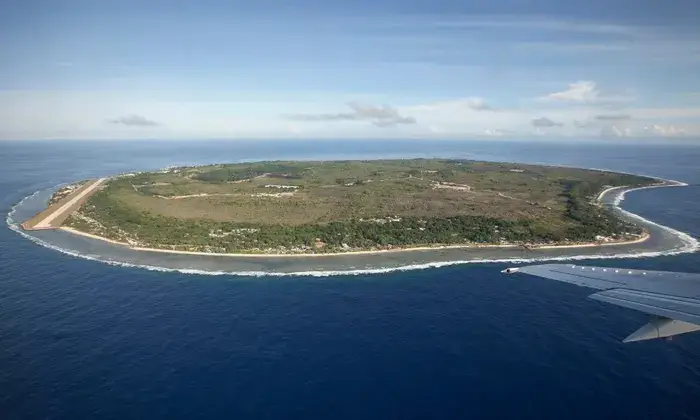
The Republic of Nauru is a region of just over 20 square kilometers with a little-known history because it was uninteresting to the European powers well into the 19th century. After passing through the hands of the German, Dutch, and Australian governments before finally gaining independence in 1968, it was discovered by the British crown.
Due to its low average height, the current sea level rise is its main threat. The survival of the small Nauru population in this region will be seriously endangered in the coming years if the ice melting at the poles continues.
Territory composition: One atoll in the Central Pacific
Capital: Yaren
Population: 10,084 inhabitants in 2011
Fiji Islands
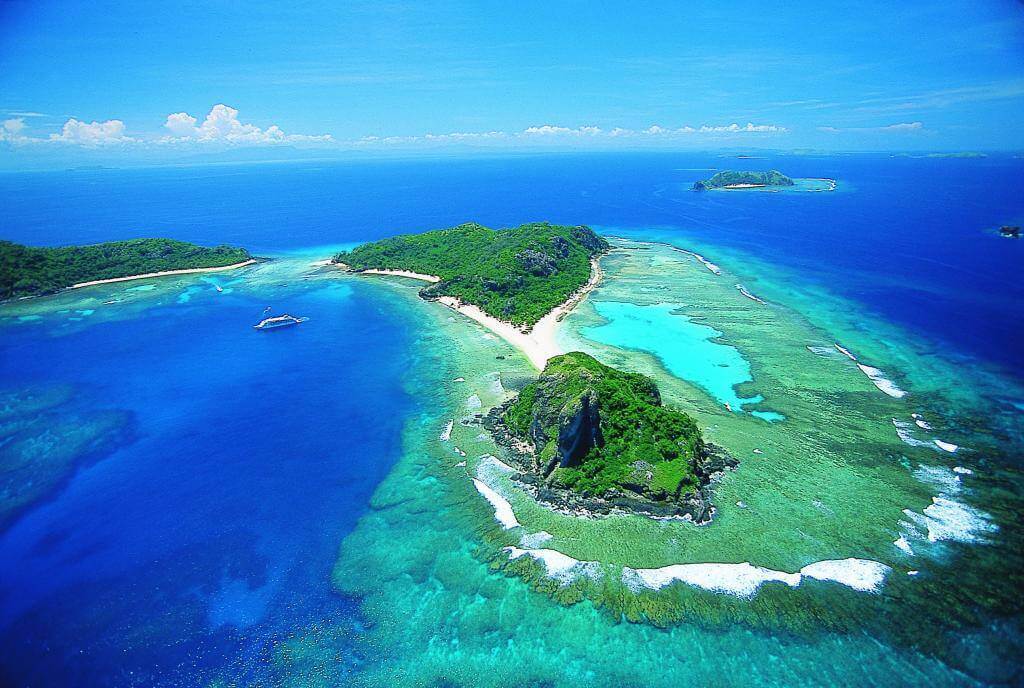
The Republic of Fiji is yet another top-notch tourist destination. Southeast Asians colonized its 1.3 million square kilometer territory before the arrival of Europeans in the 17th century. Up until its declaration of independence in 1970, Fiji was a part of British sovereignty.
Fiji deals not only with the usual issue of sea level rise but also with the ongoing threat of bad weather. In 2009, a prolonged period of rain caused significant damage to the country’s two main sources of income—the sugar cane plantations and the tourism infrastructure—and resulted in 19 fatalities and the evacuation of 9,000 people.
Territory composition: 330 islands in the Pacific Ocean
Capital: Suva
Population: 881,065 inhabitants in 2013
Marshall Islands
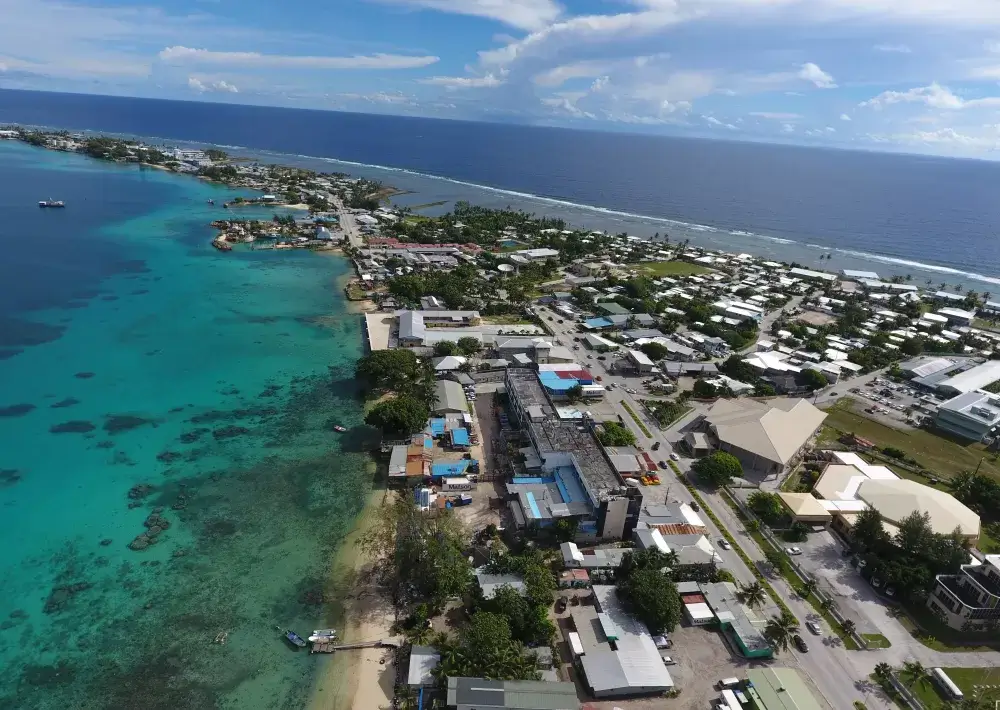
Captain John Marshall, who discovered the islands in 1788, is honored with the name of the Marshall Islands Republic. It became independent from the United States in 1990 and has an area of 181 km2.
In this tiny nation of Micronesia, the impending submersion under water caused by sea level rise is not a threat; rather, it is a fact that has already started and is plainly apparent in some of its atolls, such as in Majuro, where sections of land that were typically visible have been engulfed by the sea.
Territory composition: 29 atolls and five islands in the Pacific Ocean
Capital: Majuro
Population: 70,983 inhabitants in 2014

